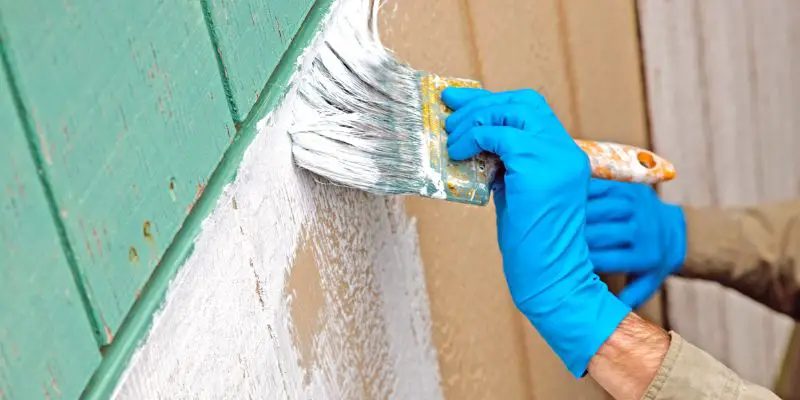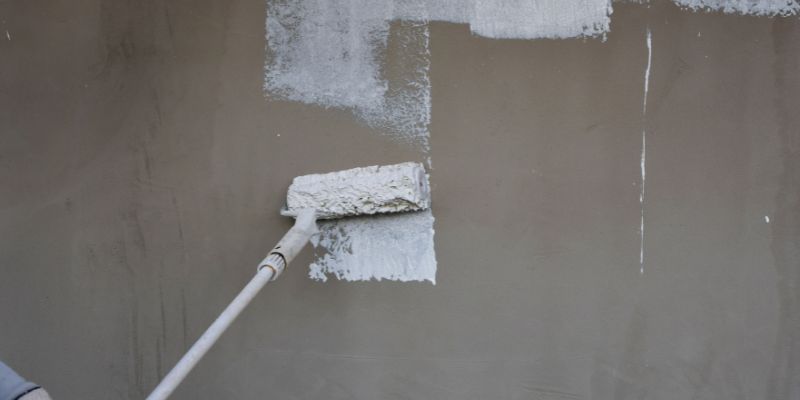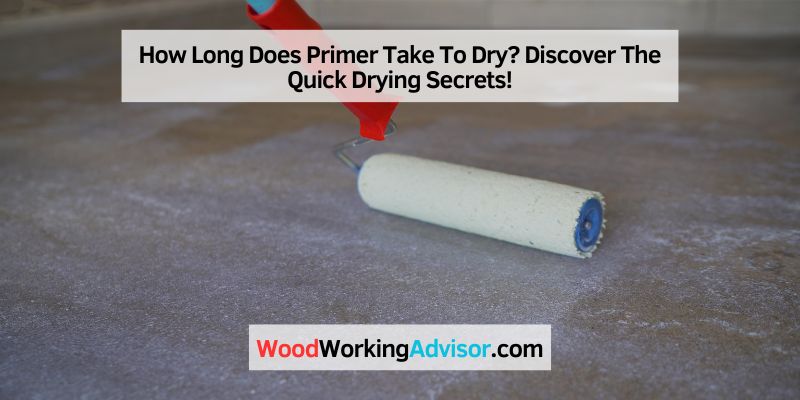Primer is an essential part of any painting project, whether it be for your home, furniture, or even DIY crafts. It provides a smooth and even base for the topcoat, ensuring better adhesion and a longer-lasting finish. However, one common question that arises when using a primer is, “How long does it take to dry?” In this article, we will explore the factors that influence primer drying time and provide some tips to expedite the process.

Factors Affecting Primer Drying Time
Several factors can impact how long it takes for primer to dry. These include:
- Primer Type: There are different types of primer available on the market, such as water-based, oil-based, and shellac-based. Each type has its own drying time, so it’s essential to check the product label or manufacturer’s instructions.
- Environmental Conditions: Temperature, humidity, and air circulation can significantly affect the drying time of primer. Ideal conditions for faster drying include temperatures between 70-85°F (21-29°C), humidity levels below 50%, and good air circulation in the room.
- Surface Porosity: The porosity of the surface being primed can also impact drying time. A more porous surface, such as bare wood or drywall, tends to absorb the primer, and therefore, it may take longer to dry compared to a less porous surface like previously painted or sealed surfaces.
- Application Thickness: Applying primer too thickly can extend the drying time. It is recommended to follow the manufacturer’s instructions for the appropriate application thickness.
Typical Drying Times for Different Primers
While drying times may vary depending on the factors discussed above, here are some general guidelines for different types of primers:
| Primer Type | Average Drying Time |
|---|---|
| Water-based Primer | Around 1 hour to touch, 4-6 hours to recoat |
| Oil-based Primer | Around 4-6 hours to touch, 24 hours to recoat |
| Shellac-based Primer | Around 15 minutes to touch, 1 hour to recoat |
Keep in mind that these are average drying times, and they might vary based on the environmental conditions and the brand of primer used. Always refer to the product label or manufacturer’s instructions to get the most accurate drying time information.
Tips to Speed Up Primer Drying Time
If you’re looking to expedite the primer drying process, here are a few helpful tips:
- Choose the right primer: Opt for a quick-drying primer that suits your specific project requirements.
- Prep the surface: Ensure that the surface is clean, dry, and properly prepared before applying the primer. A clean and smooth surface allows for better primer adhesion and faster drying.
- Optimize environmental conditions: Work in a well-ventilated area with good air circulation. Use fans or open windows to enhance airflow. Maintain ideal temperatures and humidity levels as mentioned earlier.
- Avoid over-application: Apply primer in thin, even coats. Over-application can lead to longer drying times.
- Use a primer with fast-drying additives: Some primers are specifically formulated to dry faster. Look for products that mention quick-drying or fast-drying on the label.
By following these tips, you can significantly reduce the drying time of your primer, allowing you to move on to the next steps of your painting project more quickly.

In Conclusion
Primer is an essential step in achieving a professional-looking finish for your painting projects. While drying times may vary based on several factors, including the type of primer and environmental conditions, it is crucial to be patient and allow sufficient drying time before applying the topcoat. By understanding the factors that affect primer drying time and implementing the tips mentioned above, you can ensure a smooth and successful painting experience.


